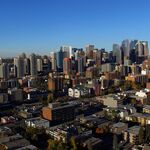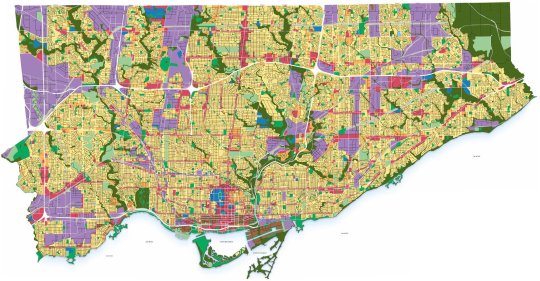Silence&Motion
Senior Member
Age is definitely part of it. Calgary being a young city doesn't have much in the way of older dense buildings. As much as I like the new high-rises and the density they are bringing to neighbourhoods like EV and Beltline, I wish we had more low and mid-rise developments going into those areas.
There are plenty of areas with dense low and mid-rise developments: Marda Loop, Kensington, Bridgeland, etc. What the numbers definitely show is that Calgary doesn't have an excess of residential high-rises.






